How High Can Rabbits Jump?
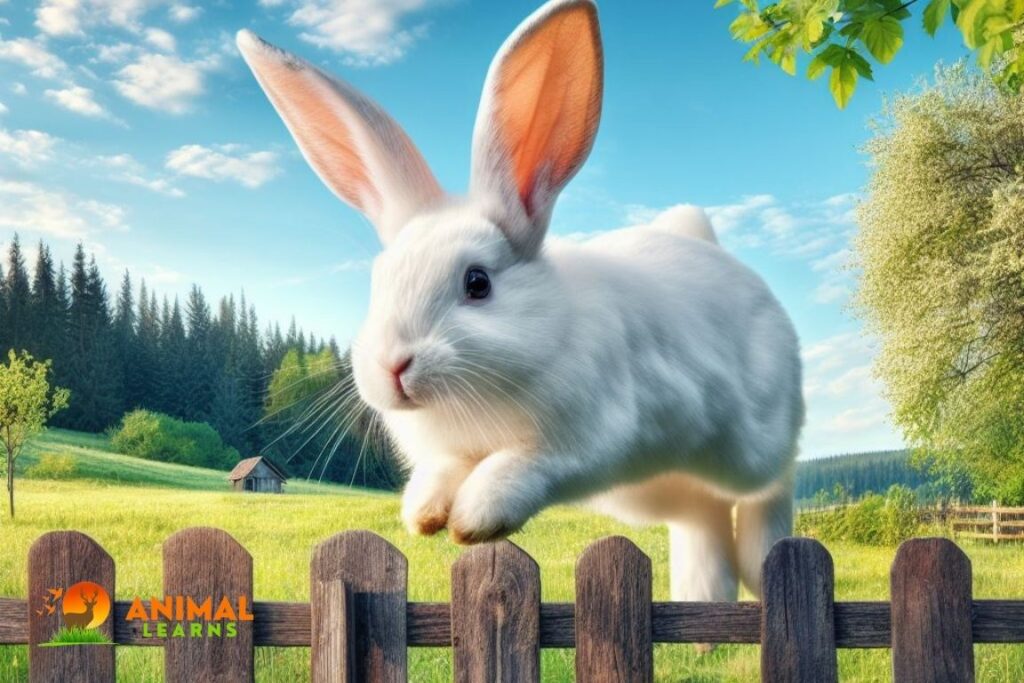
| Attribute | Information |
|---|---|
| Scientific Name | Oryctolagus cuniculus (European rabbit) |
| Size | Small to medium, varying by breed and species |
| Weight | Varies by breed, typically 2 to 6 pounds (0.9 to 2.7 kilograms) |
| Group | Mammal |
| Colors | Various, including white, brown, black, gray, and patterns |
| Diet | Herbivores; primarily eat grass, herbs, vegetables, and some fruits |
| Locations | Found in a variety of habitats worldwide, except Antarctica |
How high can rabbits jump?” Rabbits are tiny mammals that belong to the family Leporidae of the order Lagomorpha, which also includes hares and pikas. They are often referred to as bunnies or bunny rabbits.
It’s a substantial worry, as the last thing you need is your adorable pet jumping ceaselessly and wandering onto the street. The rest of the world can be hazardous for bunnies, overflowing with possible hunters.
While these animals are certainly charming and cuddly, some significant bunny breeds flourish with more opportunity. Hares are standard containers, because of their powerful rear legs, they can jump with noteworthy power, covering huge distances in a solitary bound.
Watching these rabbits bob around is a brilliant sight, yet it makes one wonder: exactly the way that high might they at any point?
In this article, we’ll dive into this ability to astound and investigate what makes these shaggy animals such gifted jumpers.
How High Can Rabbits Jump?
Contents
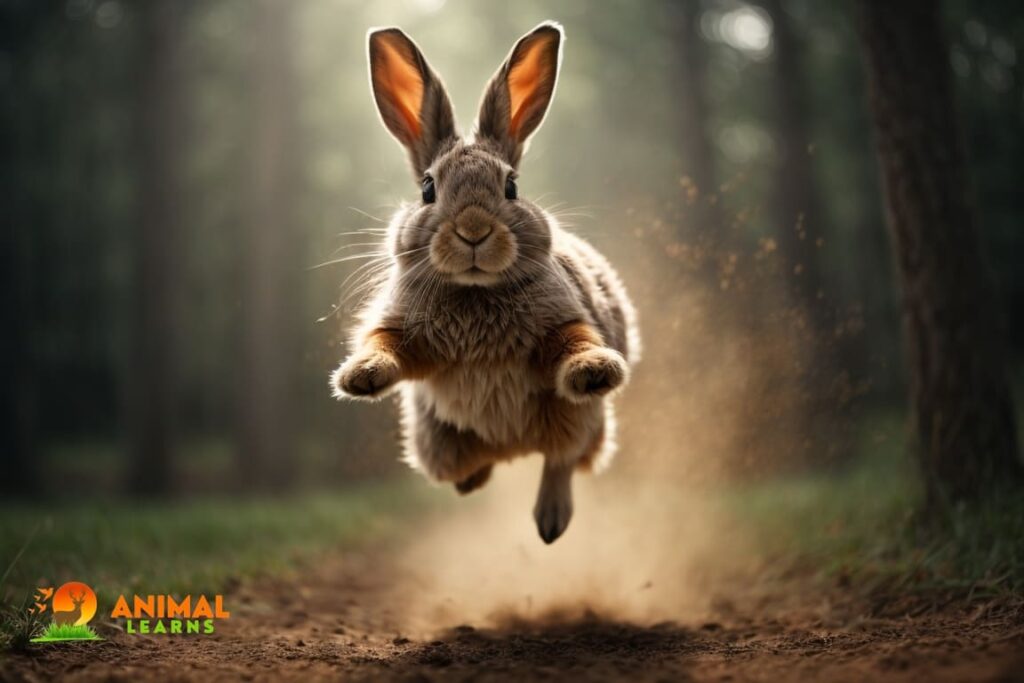
How high can bunnies jump? The agility and capacity for jumps that are characteristic of rabbits enable them to avoid predators and reach food. The height a rabbit can leap varies based on the breed, age, and physical condition of the individual rabbit.
A rabbit can typically jump upwards of 2 feet (or around 60 cm). However, in extraordinary circumstances, some rabbits may be able to jump higher, up to 3 feet or more. The Guinness World Record for the most noteworthy hare bounce is 3 feet, 9 inches, set by a bunny named Holloway Ch Tennessine in Walk 2023.
Factors that affect how high a rabbit can jump:
Breed
Some bunny breeds, like the Belgian bunny and the American hare, are known for their hopping skill. These varieties have long, strong rear legs that permit them to jump significant stretches.
Age
Youthful bunnies are bound to hop higher than more established hares. This is on the grounds that youthful hares have more energy and their muscles are as yet creating.
Wellbeing
A solid bunny is bound to bounce higher than an undesirable hare. A bunny that is overweight or underweight may experience issues bouncing.
Inspiration
A hare that is persuaded to escape from a hunter or to arrive at food or haven is bound to bounce higher than a bunny that isn’t roused.
How do rabbits jump?

How high can a bunny jump?” Bunnies hop by utilizing their strong rear legs to impel themselves very high. They wrap their front advantages and stretch out their rear legs to make a strong spring. As they bounce, hares curve their backs and fix their bodies.
Hares can likewise hop in reverse and sideways. They do this by rapidly turning their bodies in the ideal heading and afterward bouncing.
Why do Hares jump?
Rabbits leap for different reasons, including:
- To escape from hunters: Hares are prey creatures, so they should have the option to bounce rapidly and high to escape from hunters.
- To arrive at food and haven: Bunnies frequently live in regions where food and asylum are scant. They should have the option to get around impediments and arrive at food and a sanctuary that is far off.
- To get around walls and different snags: Hares might have to get around walls or different impediments to get to new regions or to escape from risk.
- To play and investigate: Bunnies are interesting and lively creatures. They like to bounce around to investigate their current circumstance and have some good times.
- To speak with different hares: Bunnies speak with one another utilizing various strategies, including non-verbal communication and vocalizations. Hopping is one way that hares speak with one another.
When Do Rabbits Jump?

Hares leap much of the time as a characteristic piece of their way of behaving. Here are a few normal circumstances wherein hares hop or jump:
- Investigation: Bunnies are interested creatures, and they frequently bounce around to investigate their environmental factors. They might bounce around their nook or energetically hop starting with one spot and then onto the next when they are interested in something.
- Work out: Hares need exercise to remain sound, and they frequently participate in binkies, which are euphoric and abundant leaps, to get some active work. This is an indication of a cheerful and content bunny.
- Escape: In the wild or while feeling undermined, bunnies can leap to escape from hunters. This is an endurance impulse, and their strong rear legs permit them to make fast escapes.
- Social Cooperation: During recess or communications with different hares or their human guardians, bunnies might hop as a feature of their social way of behaving. This can be an approach to showing energy or laying out strength.
- Mating Conduct: During the rearing season, male bunnies (bucks) may bounce or mount the female hares (does) as a component of the mating system.
- Sharpness: When bunnies distinguish an unexpected commotion or development, they could hop as a surprise reaction. This is essential for their regular prey impulses to remain watchful for likely dangers.
- Hindrances: On the off chance that a bunny experiences an impediment or boundary, they might endeavor to get around it. This conduct can be seen when a hare is attempting to get to another area or arrive at something of interest.
How to keep rabbits safe from jumping:
To ensure the safety of your pet rabbit, it’s important to understand how high rabbits can jump and take appropriate measures to prevent any potential escapes. In the event that you have a pet bunny, it is vital to furnish them with a protected climate where they can bounce and exercise.
You might have to bunny-resistant your home by closing in your yard and covering any perilous regions, like windows and steps.
Here are a few extra ways to hold your pet bunny protected from bouncing:
- Give your bunny a tall nook or cubby. The walled-in area or box ought to be tall enough that your rabbit can’t leap out.
- Assuming that you let your bunny out of their nook, direct them intently.
- Be cautious while opening and shutting entryways and windows. Ensure that your rabbit isn’t close by prior to opening or shutting an entryway or window.
- In the event that you have a nursery, close it in to keep your bunny from getting away.
- In the event that you have a pool or other waterway, cover it with a net or fence to keep your rabbit from falling in.
Rabbit Breeds and Jumping Abilities

In the event that you have a pet bunny, it is vital to furnish them with Homegrown hares, known for their meek nature, and regularly have a moderate ability to bounce.
While thinking about how high can rabbits jump, it’s essential to perceive that these bunnies might bounce up to a couple of feet in level, yet they’re not known for their phenomenal jumping ability.
Pet hares, a subset of homegrown bunnies, show comparative bouncing capacities, making it fundamental for proprietors to give protected and encased conditions to forestall getaways.
Conversely, wild bunnies, adjusted to get by in their regular environments, can jump altogether higher, frequently arriving at levels north of three feet while dodging hunters. Their spryness in the wild features the amazing physicality of these animals.
Types Of Rabbits
There are north of 50 distinct types of bunnies, each with its own remarkable appearance and character. The absolute most well-known bunny breeds include:
Lionhead Rabbit
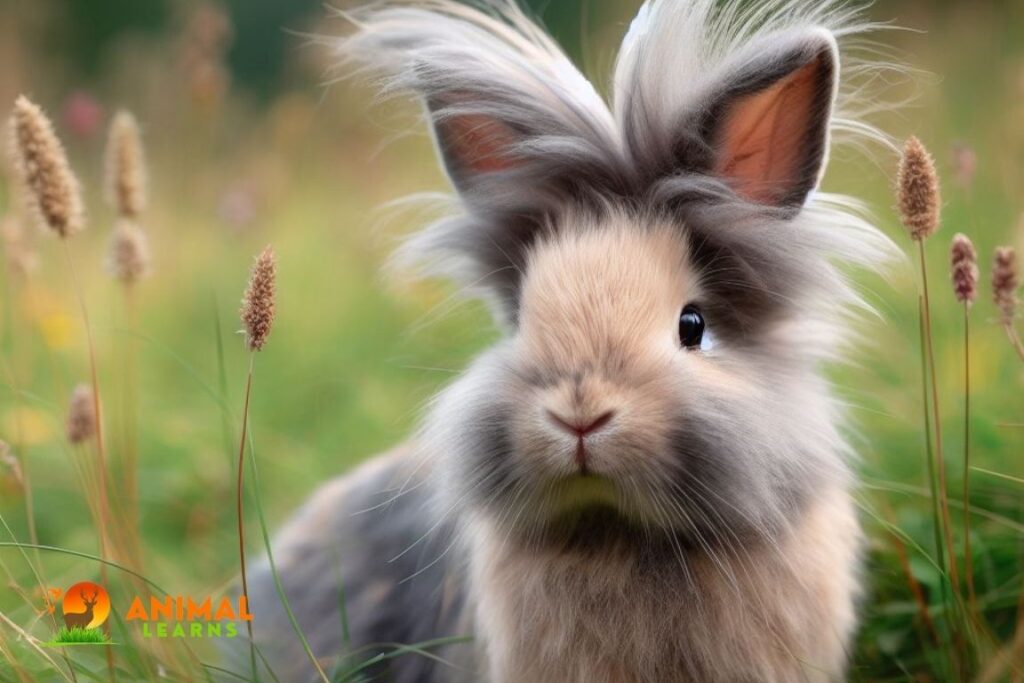
| Attribute | Information |
|---|---|
| Scientific Name | Oryctolagus cuniculus |
| Size | Small to medium |
| Color | Various, including white, black, orange, and more |
| Weight | 2.5 to 3.75 lbs |
| Jumping Distance | Typically up to 2 feet |
This breed is known for its particular mane of fur around its head. Lionhead bunnies are ordinarily little to medium in size and have a delicate character.
Holland Lop Rabbit
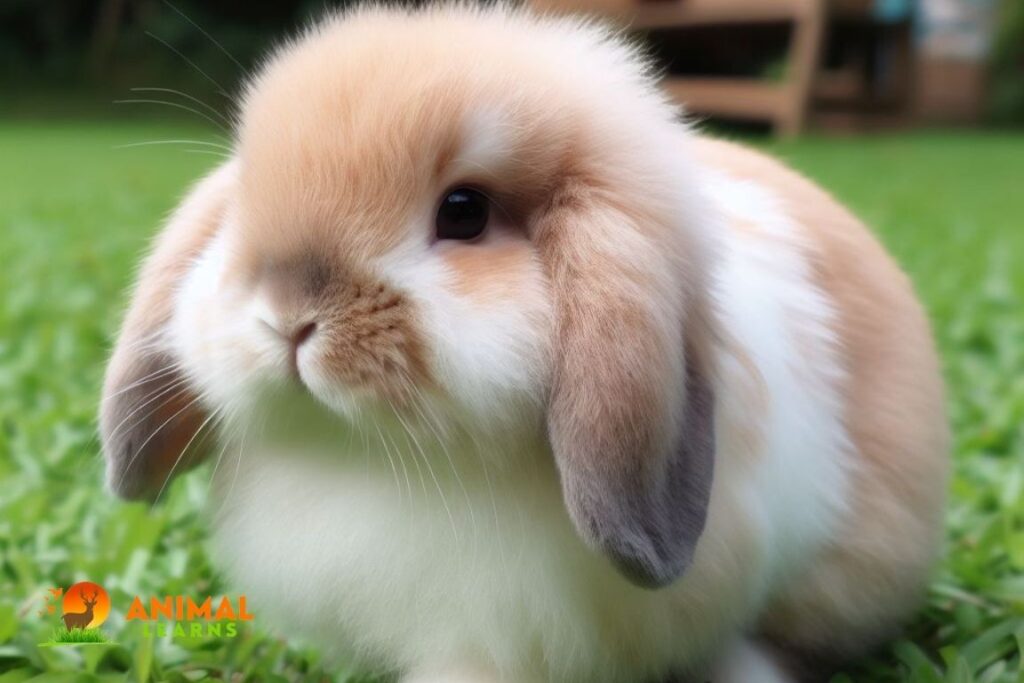
| Attribute | Information |
|---|---|
| Scientific Name | Oryctolagus cuniculus |
| Size | Small |
| Color | Various, including solid colors and patterns |
| Weight | 2 to 4 lbs |
| Jumping Distance | Typically up to 2 feet |
This breed is known for its floppy ears and short coat. Holland hack hares are normally small in size and have a lively and vivacious character.
Netherland Dwarf Rabbit
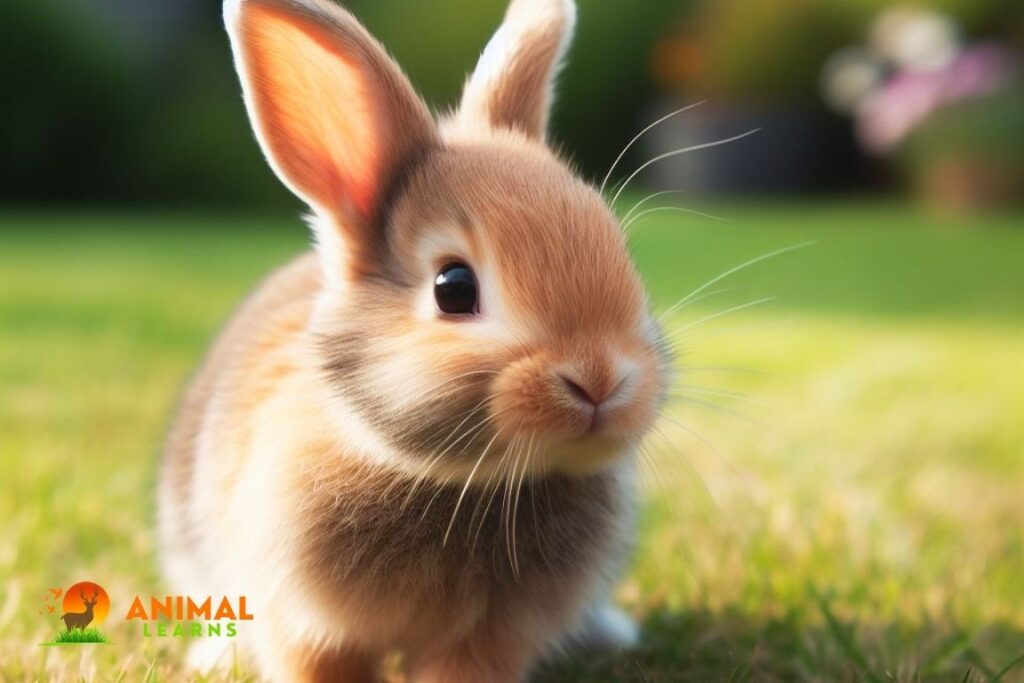
| Attribute | Information |
|---|---|
| Scientific Name | Oryctolagus cuniculus |
| Size | Very small |
| Color | Various, including solid colors and patterns |
| Weight | 1.1 to 2.5 lbs |
| Jumping Distance | Typically up to 2 feet |
This breed is the littlest type of hare. Netherland bantam bunnies are commonly exceptionally dynamic and fun-loving.
American rabbit
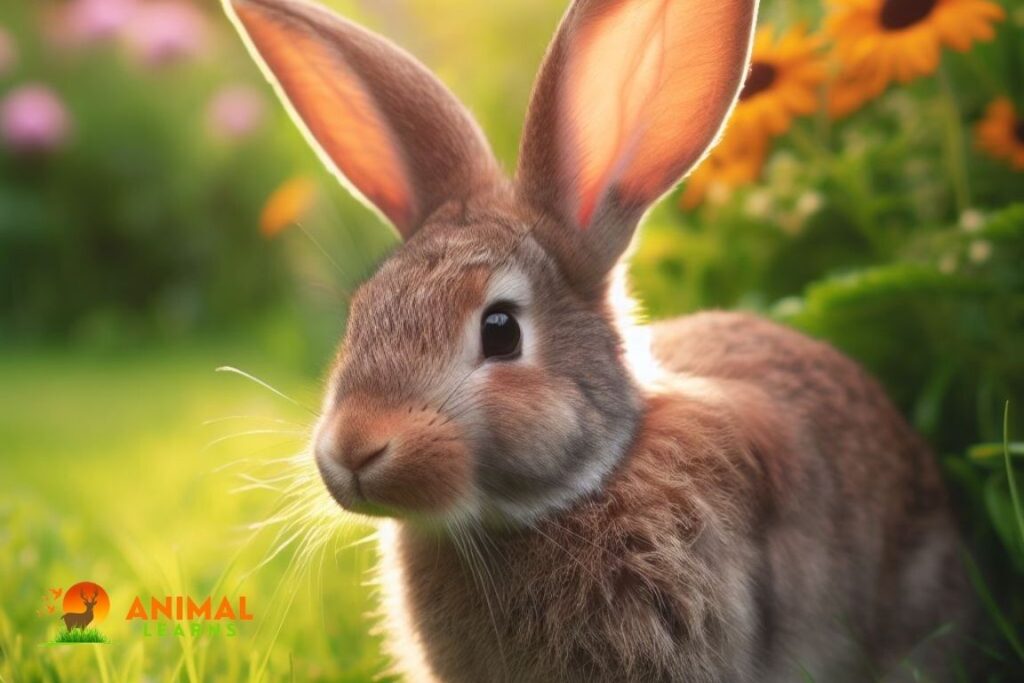
| Attribute | Information |
|---|---|
| Scientific Name | Oryctolagus cuniculus |
| Size | Varies by breed |
| Color | Various, depending on breed |
| Weight | 4 to 12 lbs |
| Jumping Distance | Typically up to 2 feet |
This breed is a medium-sized hare with an assortment of coat tones. American hares are normally laid back and simple to really focus on.
Mini Lop Rabbit
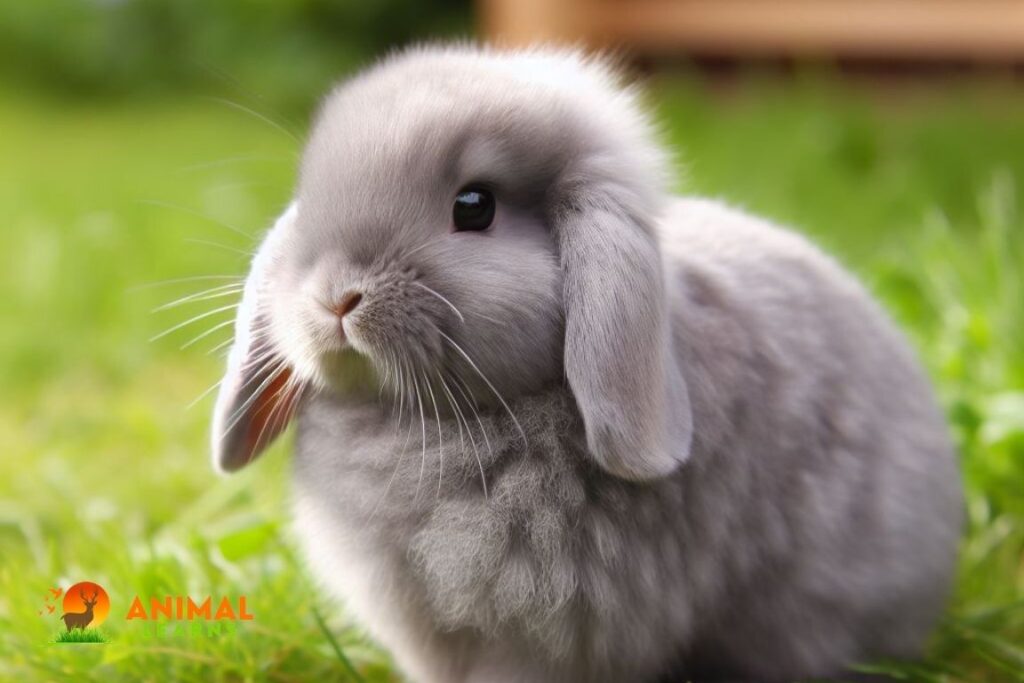
| Attribute | Information |
|---|---|
| Scientific Name | Oryctolagus cuniculus |
| Size | Small |
| Color | Various, including solid colors and patterns |
| Weight | 4.5 to 6.5 lbs |
| Jumping Distance | Typically up to 2 feet |
This breed is a cross between the Holland trim and the American hare. Scaled-down cut bunnies have floppy ears and a medium-sized coat. They are ordinarily delicate and simple to really focus on.
Interesting Facts About Rabbits
- Hares are herbivores, meaning they eat just plants. Their eating regimen comprises of feed, new vegetables, and pellets.
- Bunnies have extremely lengthy teeth that grow constantly. They need to bite on roughage and other hard materials to hold their teeth back from getting excessively lengthy.
- Hares are extremely friendly animals and appreciate investing energy with different bunnies. They are likewise known to bond with their human sidekicks.
- Bunnies are extremely perfect creatures and husband to be themselves routinely. They likewise have a propensity for licking their paws and afterward scouring them on their countenances.
- Hares are prey creatures, so they have various normal safeguards to shield themselves from hunters. These protections incorporate their sharp feeling of hearing and sight, their capacity to run rapidly, and their thick fur.
- Bunnies have an extremely productive stomach-related framework. They can process their food in just 12 hours.
- Do you know how high can rabbits jump? These furry creatures are not only agile but can also leap over impressive heights. In fact, some rabbits can jump up to 4 feet high in a single bound, showcasing their remarkable athleticism and agility.
Conclusion
How high can rabbits jump? You have got the answer to this question above. Rabbits are amazing jumpers. They utilize their bouncing skill to make due and flourish in nature. On the off chance that you have a pet hare make certain to furnish them with a protected climate where they can bounce and exercise.
FAQs
How high can rabbits jump?
On average, rabbits can jump up to 2 feet high, but some rabbits have been known to jump as high as 4 feet.
What factors affect how high a rabbit can jump?
Factors that affect how high a rabbit can jump include breed, age, health, and motivation.
How do rabbits jump?
Rabbits jump by using their powerful hind legs to propel themselves into the air. They tuck their front legs in and extend their hind legs to create a powerful spring. As they jump, rabbits arch their backs and straighten their bodies.
Why do rabbits jump?
Rabbits jump for a variety of reasons, including to escape from predators, to reach food and shelter, to jump over fences and other obstacles, to play and explore, and to communicate with other rabbits.
How to keep rabbits safe from jumping?
If you have a pet rabbit, it is important to provide them with a safe environment where they can jump and exercise. You may need to rabbit-proof your home by fencing in your yard and covering any dangerous areas, such as windows and stairs.












